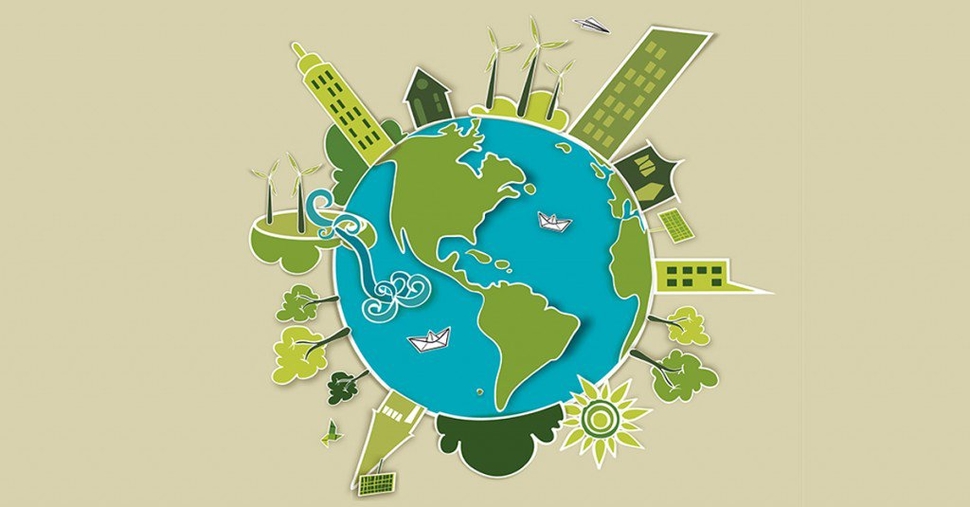Ing. Esther Blom
lecturer Sustainable Entrepreneurship
TU Delft
Questions
Sustainable entrepreneurship
- How would you personally define “sustainable entrepreneurship”? When would you consider entrepreneurship NOT to be sustainable? Could you give an example?
- Can you think of any important boundary conditions for sustainable entrepreneurship?
- If any, what do you think are currently the most important obstacles/barriers for (existing or newly starting) entrepreneurs to become (more) sustainable?
- If any, what do you think are currently the most important obstacles/barriers for (existing or newly starting) entrepreneurs to become (more) sustainable?
- If sustainable entrepreneurship is considered to be a desired goal for the (near) future, what would in your opinion be a good drivers to achieve this?
Texel
- Texel is very focused on tourism and agriculture; do you think entrepreneurship in these sectors require specialized strategies as opposed to other sectors such as, for example, retail or services?
- What kindof role do you see for entrepreneurs when the goal for a specific community (in our case Texel, but in general) is to reach self-sufficiency within 50 years from now?
concept of sustainable entrepreneurship
Sustainable entrepreneurship is a phenomenon that could be seen as a business aiming for all three parts of the Profit-Planet-People pyramid. In other words it strives to fulfil its economic goals as well as have social and environmental impact through its business. However, this is only an “external” vision of being sustainable as an entrepreneur; an important aspect is also to sustain itself, because financial bankruptcy because the environmental or social visions exceed the economic stability is still not sustainable, as much green as a company wants to be. Thus all the previously mentioned tips of the pyramid need to be kept in balance.
The boundaries of the sustainable entrepreneurship depend strongly on individual cases and context. In the opinion of of Mrs. Blom, the concept of 100% sustainability does not (yet) exists. Therefore, when defining the boundaries of sustainable entrepreneurship, one must think about to what extent non-sustainable factors are acceptable and whether the discussion is about new or already established businesses.
Turning into sustainability creates a lot of new windows of opportunities for startups, however there is of course the other side of the coin which is the side of the customer; is there actually a demand for the sustainable product? Sometimes it is hard to get the product accepted. In order to do so, the target group needs to be aware of the benefits of sustainability. However, customers will always have certain demands (functionality, aesthetics, etc.) which need to be fulfilled by the product he or she chooses. Offering a product that naturally attracts the customers is the best option. With this in mind, the sustainability aspect of a value proposition should never be the only “unique selling point”. Sustainable products should have more benefits compared to the non-sustainable products apart from being sustainable. Lastly, an important point is that bottom-up initiatives as for example “duurzaam inkopen” also push companies to fit within the previously described conditions of sustainable products.
Texel challenge
Every sector has its own challenges and opportunities, therefore there is no one-size-fits-all solution that may fit the different sectors simultaneously. Entrepreneurs can play a very important role in reaching self-sufficiency in Texel, because many new great technologies and ideas will have to be implemented on the way. Therefore entrepreneurs (existing and startups) deserve a prominent role in the system. Thinking about measures that stimulate the entrepreneurial system to become more sustainable is the key.
